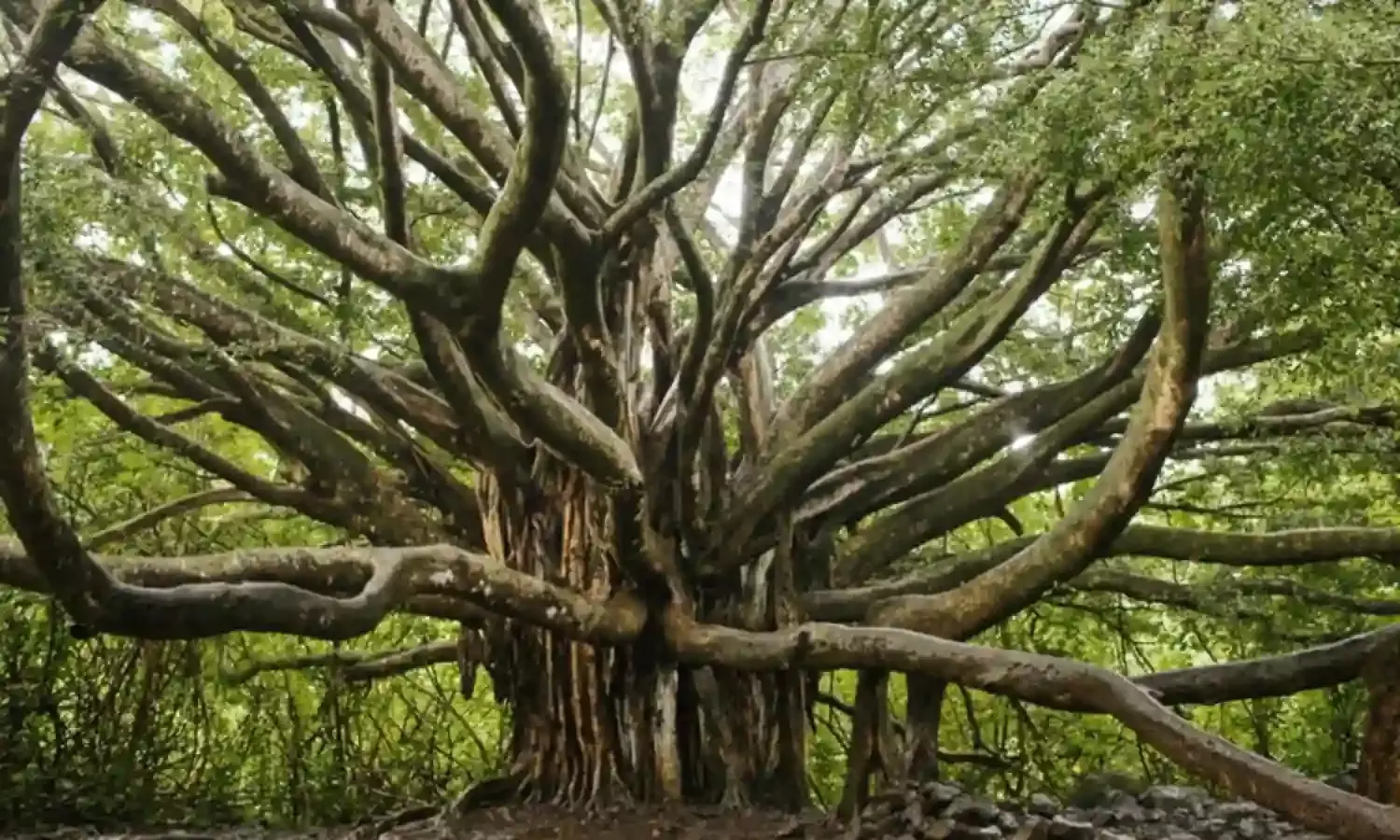The Other Side of Global Warming
Counting trees

Over 3 million trees are cut in a year to pave the way for public infrastructure projects, according to official estimates. Replying to a question in Parliament in March the Environment Minster responded that nearly 31 lakh (3.1 million) trees were cut down for construction and development of public infrastructure projects across India in 2020-21.
He added that nearly 10 times this number were planted. However many other reports have been pointing out the poor performance of such planting drives in terms of survival rate, and in any case, this cannot really make up for the often robust, spread out trees and their communities that are lost.
The actual loss may be much higher if the trees cut for all development works including private ones are counted. The official estimate does not count a single tree cut in Delhi, and may underestimate the loss at several places. Over the years there have been several instances of over-felling. In any case, the felling of big trees often damages or entirely destroys several younger trees and plants in their neighbourhood.
What is more the number of trees lost to infrastructure projects is set to increase significantly. One reason is that some projects involving very large-scale felling are due for implementation in the near future. For example the Ken-Betwa river link project in central India involves the killing of 2.3 million trees according to official estimates made several years back.
According to well-informed persons monitoring this project, since the original estimate was made several smaller trees have grown up in the protected forest area and will also be axed as per the felling rules based on tree girth. Hence the loss of trees is likely to be over 3 million from this single project alone, a loss that can still be prevented but only if the efforts of many environmentalists and local communities for the complete withdrawal of this poorly planned, disastrous project succeed.
As of now, the government appears keen to go ahead with this project with all its harms, inconsistencies and false assumptions.
The second reason why the axing of trees related to big infrastructure projects may increase in a big way soon is that India is in the middle of the biggest ever financial allocations for highway projects, including the widening of existing highways. Such projects have seen some of the biggest slaying of trees, including well-grown ones and even fruit trees.
Inquiries made from villagers living near highway projects reveal that the number of trees axed is quite often higher than what our governments admit. Investigations, including those conducted by government appointed committees, have revealed that due caution is not exercised in terms of minimizing tree loss and in fact the destruction is much higher than what could be called unavoidable.
What is causing serious concern is that several such big tree deaths are being caused in ecologically crucial areas including the Himalayan region and the catchment areas of important rivers.
Clearly there is an urgent need to make the best effort possible for trying to save as many of the endangered trees as possible, and in fact there is much scope for this. No development harm will occur and in fact there will be huge saving of scarce resources if basically ill-planned projects, likely to inflict other harms as well, are dropped. If a careful, honest exercise is conducted to limit widening of roads only to the extent that is strictly necessary, this too can lead to saving a lot of trees.
The task will be well facilitated if the opinion of local people is adequately sought regarding the possibilities of saving the threatened trees. A proper social cost-benefit review of various projects should be ordered again, this time making it entirely free of those who gain financially from project contracts, legally and illegally. The many-sided contributions of trees should be carefully considered, including their protective role for birds and other species.
It is sincerely hoped that if such careful evaluation replaces the current tendency to bulldoze ahead with projects, powered by financial gains, then many precious trees can still be saved and other related harm can also be reduced.
Although the analysis here has been in the context of India, clearly much of it holds true for most other countries as well and in fact there have been indications of glaring neglect of the possibilities of saving trees in many countries. The call of these threatened trees should not be ignored any longer.



